Bug Blog
What's a Picnic Without Bugs?
What's a picnic without bugs? Well, it wouldn't be a picnic at all! The UC Davis Department of Entomology and Nematology (ENT) is planning scores of displays and activities at Briggs Hall for the 110th annual campuswide UC Davis Picnic Day,...
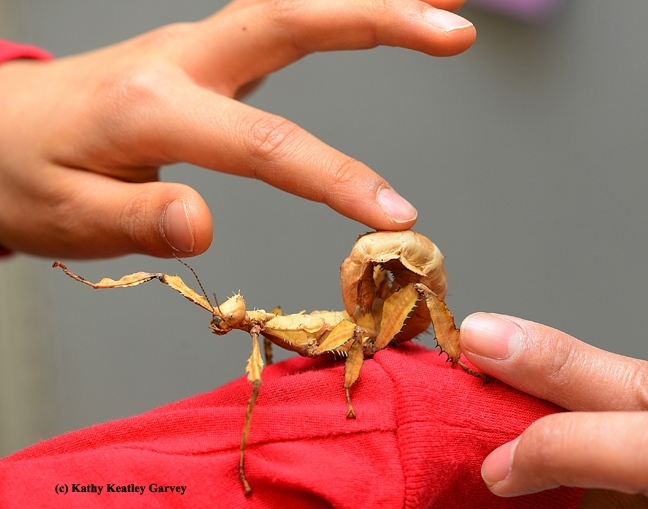
Stick insects, aka walking sticks, will be part of the Bohart Museum of Entomology's petting zoo in a pop-up tent at Briggs Hall during the UC Davis Picnic Day. The Bohart Museum headquarters in the Academic Surge Building will be closed on Picnic Day. The pop-up tent will showcase butterflies, bees and other specimens. (Photo by Kathy Keatley Garvey)
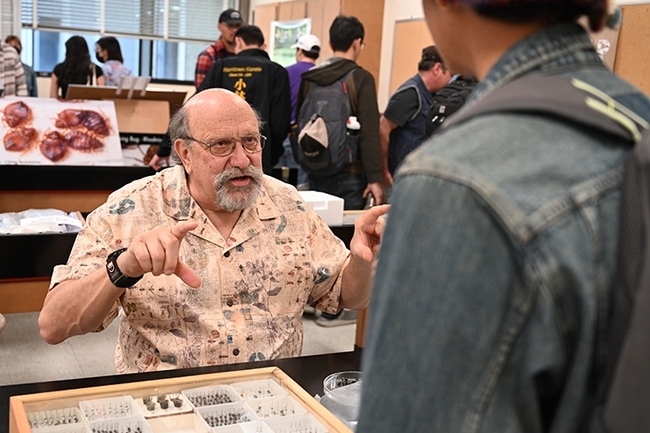
Forensic entomologist Robert "Bob" Kimsey will staff the "Dr. Death" booth in 122 Briggs Hall. (Photo by Kathy Keatley Garvey)
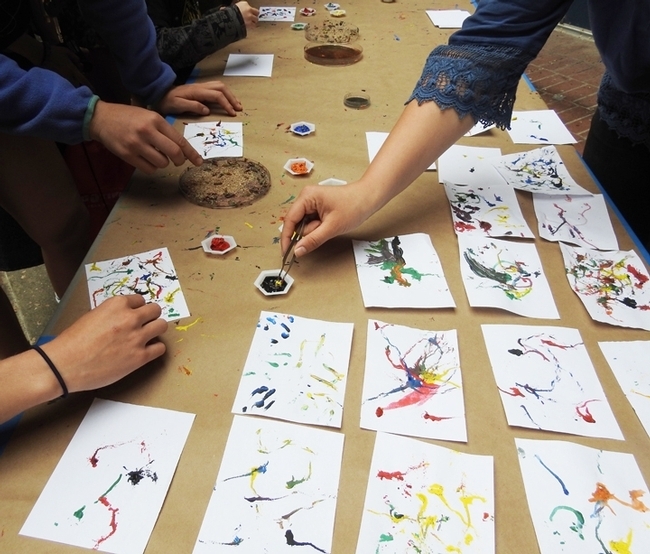
Maggot art is among the popular activities at Briggs Hall during the annual UC Davis Picnic Day. Artists dip maggots in water-based, non-toxic paint. (Photo by Kathy Keatley Garvey)
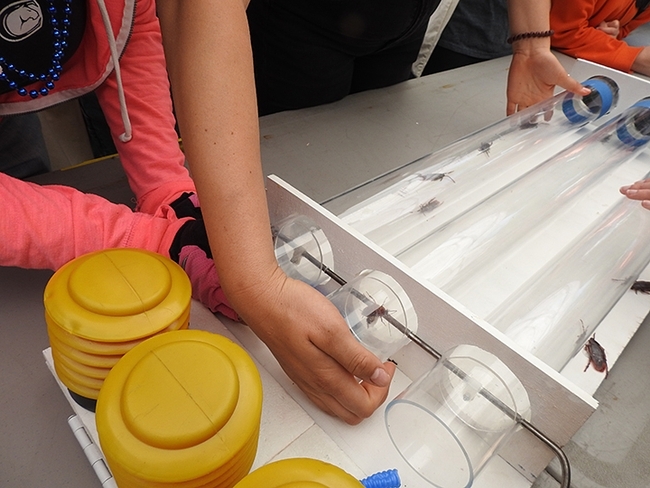
Run, roaches, run! Cockroach races are an integral part of the "bug" activities at Briggs Hall during the UC Davis Picnic Day. (Photo by Kathy Keatley Garvey)
Ready for a Saturday Night of Bioblitz at the UC Davis Arboretum?
Like to participate in an evening City Nature Challenge Bioblitz on the UC Davis campus and search for insects? And document other fauna and flora, as well? Doctoral student Grace Horne of the UC Davis Department of Entomology and Nematology...
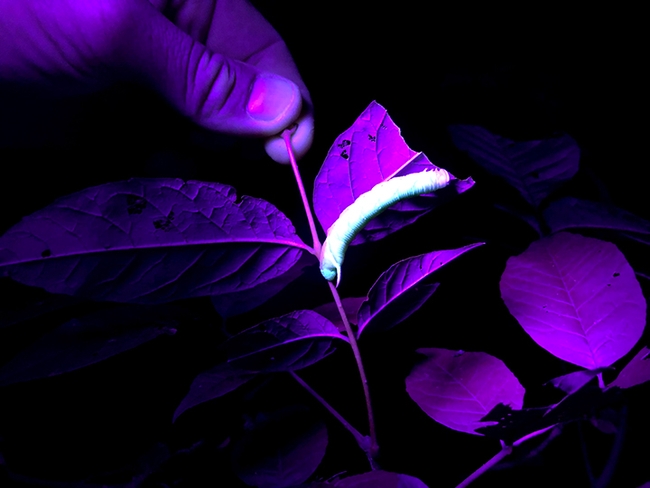
A waved sphinx (Ceratomia undulosa) caterpillar glows under ultraviolet light. (Photo by Grace Horne)
Revisiting the Issue of Monarch Butterflies Missing from California Classrooms
A monarch butterfly caterpillar goes through five stages or instars before it J's and becomes a jade-green chrysalis. Scientists estimate that only 10 percent of the eggs and 'cats survive to adulthood. They don't "survive" at all in...
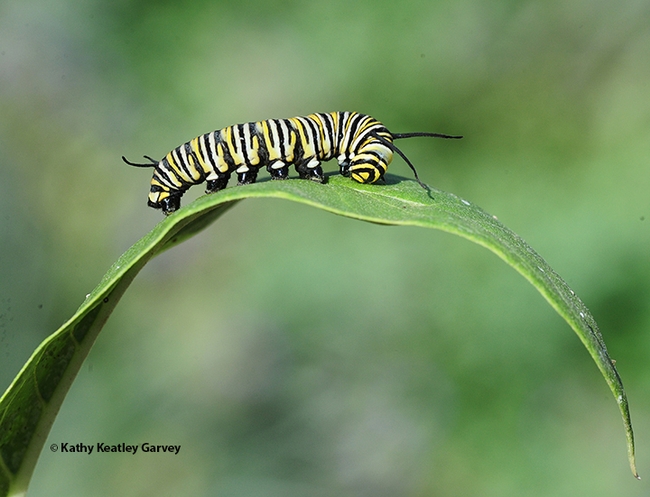
A monarch caterpillar crawling on a milkweed leaf. (Photo by Kathy Keatley Garvey)
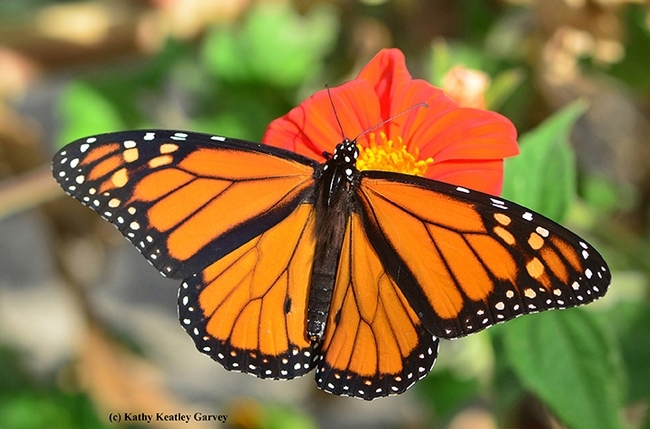
A male monarch butterfly foraging on a Mexican sunflower (Tithonia rotundifola) in a Vacaville pollinator garden. (Photo by Kathy Keatle Garvey)
'Dr. Zac' to Present UC Davis Seminar on Honey Bee Research, Life Experiences
"A lot of students take a gap year between their undergrad and grad program," says honey bee scientist Zac Lamas, a National Institute of Food and Agriculture (NIFA) postdoctoral fellow with the U. S. Department of Agriculture's...

Honey bee scientist Zac Lamas, a National Institute of Food and Agriculture (NIFA) postdoctoral fellow with the USDA's Agricultural Research Services.
Decisions, Decisions: Solar Eclipse or a Bumble Bee?
What insects did you see during the Solar Eclipse, dubbed "The Great North American Eclipse?" And what were they doing? In some parts of North America, as the moon passed between the earth and sun, folks saw a total solar eclipse. But here in...
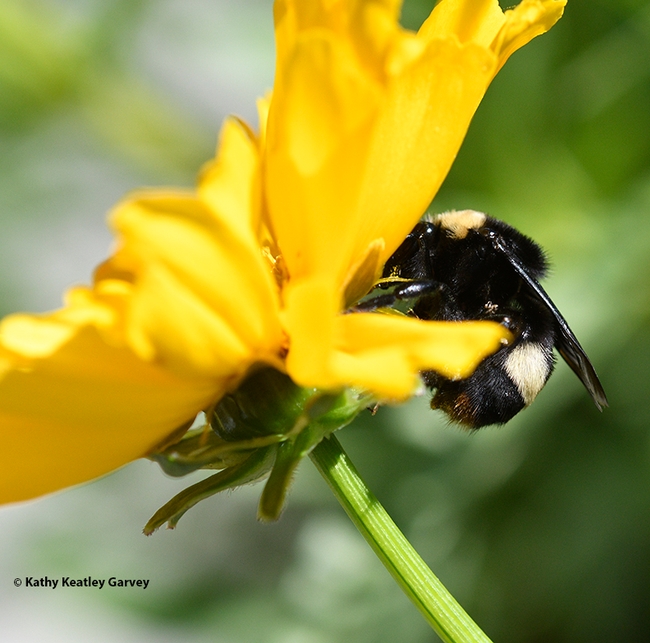
A queen bumble bee, probably a Bombus californicus, forages on a Coreopsis during the April 8th solar eclipse. (Photo by Kathy Keatley Garvey)
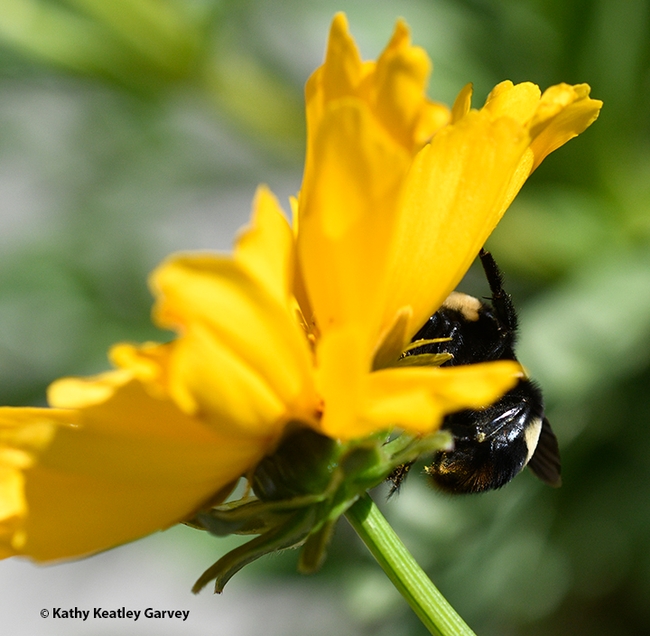
Brace yourself! A bumble bee appears to hold up a petal of the Coreopsis. (Photo by Kathy Keatley Garvey)
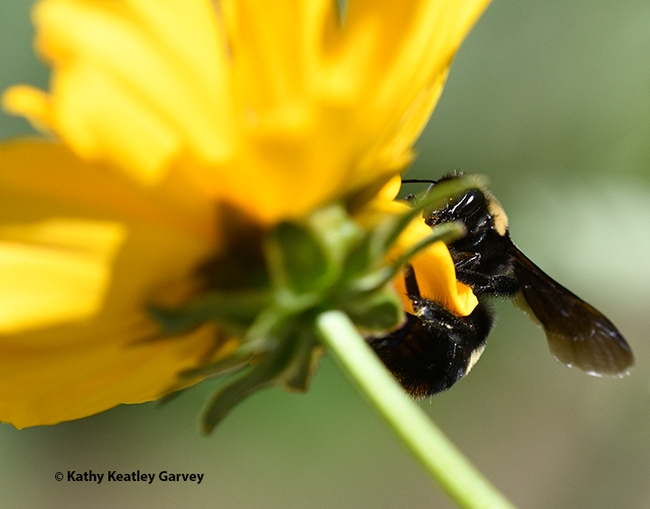
A little twist here, a little twist there. The bumble bee adjusts. (Photo by Kathy Keatley Garvey)
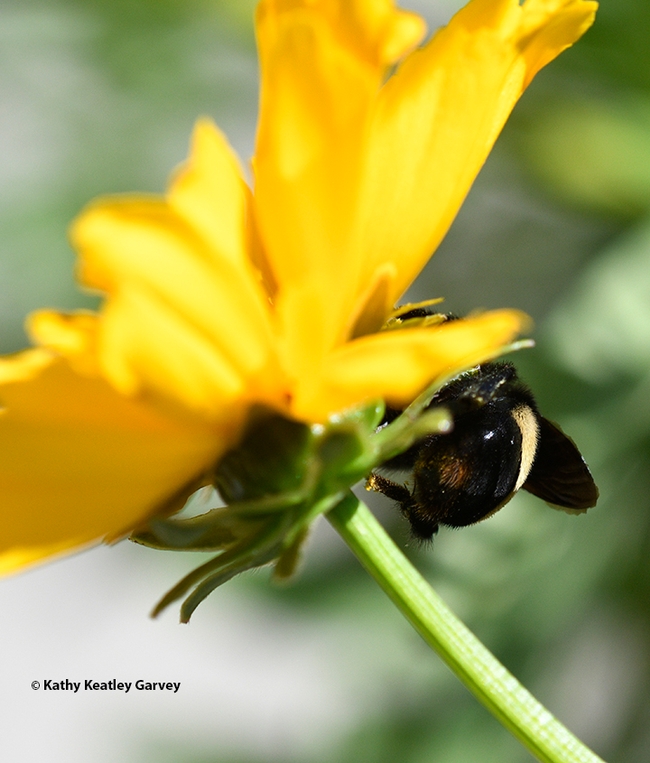
The end! The bumble bee is unaware of the photographer--or the solar eclipse. (Photo by Kathy Keatley Garvey)

